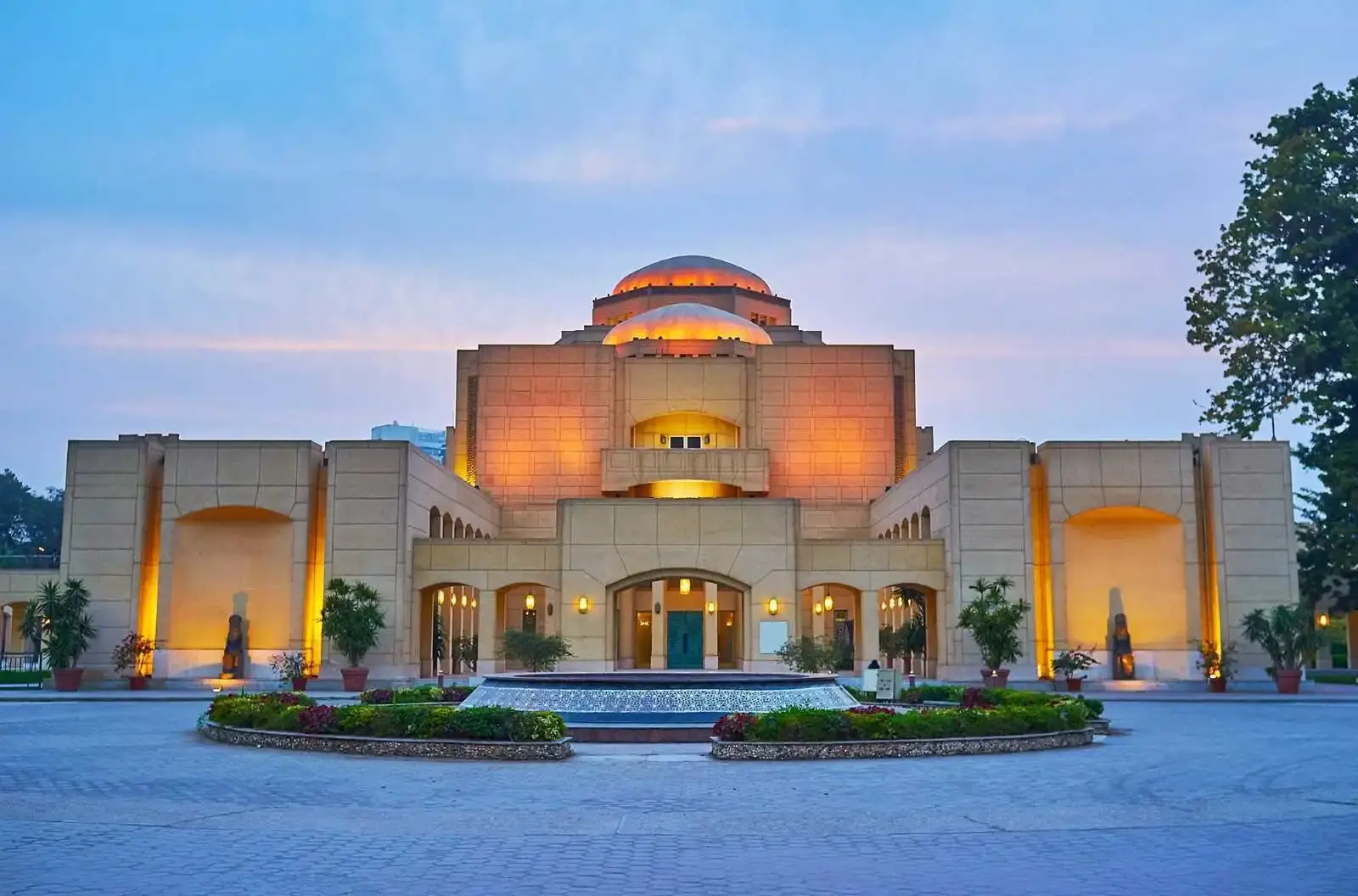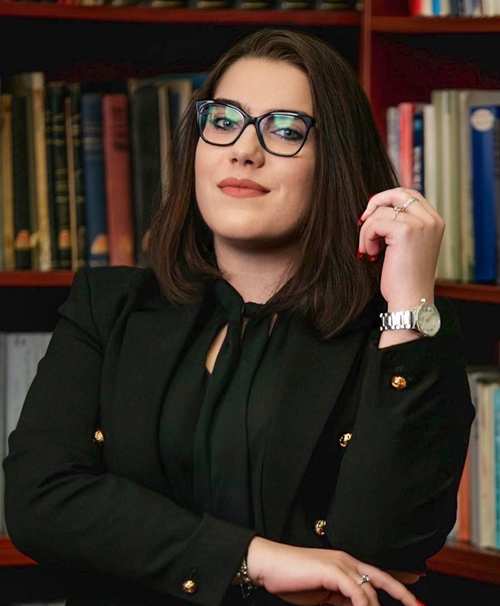In the heart of bustling Cairo, where the hum of the city meets the timeless rhythm of the Nile, stands a cultural beacon that bridges continents, centuries, and civilizations: the Cairo Opera House. A symbol of Egypt’s commitment to the arts, this storied institution has played a unique role in bringing opera and classical music to the Arab world, while reflecting the dynamic pulse of a country that has long balanced tradition and modernity.
The story of opera in Egypt began long before the current Cairo Opera House was built. In fact, Egypt was once home to the very first opera house on the African continent and in the Middle East: the Khedivial Opera House, inaugurated in 1869 under the rule of Khedive Ismail. This opulent venue was constructed to coincide with the grand opening of the Suez Canal and was intended to rival the great theaters of Europe. In a gesture that captured the cosmopolitan ambitions of the time, the Khedive commissioned none other than Giuseppe Verdi to compose an opera for the occasion. Though Aida premiered in Cairo in 1871 (not at the canal opening, due to delays), it forever linked Egypt to the operatic world stage.
Tragically, the Khedivial Opera House was destroyed by fire in 1971, taking with it a century of cultural memories. For more than a decade, Egypt was without a major opera venue, until 1988, when the current Cairo Opera House was inaugurated on the Gezira Island in Zamalek, with support from the Japanese government. Modern in design yet rich in symbolism, the new opera house features multiple performance spaces, including the grand Main Hall, the more intimate Small Hall, and an open-air theater, all designed to serve a wide spectrum of artistic expression.
More than a venue, the Cairo Opera House is a living, breathing institution. It hosts not only the Cairo Opera Company but also the Cairo Symphony Orchestra, the National Arab Music Ensemble, and the Cairo Ballet Company, among others. Its repertoire blends East and West, offering everything from Puccini and Tchaikovsky to Arabic operettas and traditional music performances. It is one of the few opera houses in the world where you might hear La Traviata one night and a centuries-old Nubian folk song the next.
The construction of the modern Cairo Opera House was as much a diplomatic endeavor as a cultural one. Following the trafic loss of the Khedivial Opera House in 1971, Egypt found itself without a major performing arts venue for over a decade. Then, in a striking gesture of international friendship, the Japanese government funded the construction of a new opera house as a gift to Egypt, strengthening ties between the two nations. Ground was broken in 1985, and after three years of collaboration between Egyptian and Japanese architects and engineers, the new Cairo Opera House was officially inaugurated on October 10th, 1988.
Architecturally, the Cairo Opera House is a thoughtful blend of modern design principles and subtle Islamic and Pharaonic influences, harmonizing with the rich cultural landscape of Egypt. The structure is located within National Cultural Centre on Gezira Island, a green oasis in the center of Cairo, positioned between the iconic Nile River and the bustling metropolis. The design respects the surrounding environment, offering a serene space for reflection, artistry, and public gathering. The use of locally inspired geometric patterns and natural materials reflects an intentional dialogue between Egypt’s architectural heritage and its modern aspirations.
The complex itself is expensive and versatile. The Main Hall, with a seating capacity of over 1.200 is equipped with state-of-the-art acoustics and stage technology, capable of hosting grand operas, symphonic concerts, and ballet performances. The Small Hall offers a more intimate experience for chamber music, recitals, and contemporary performances, while the Open-Air Theatre provides a dramatic setting for performances under the Cairo night sky. Surrounding the performances spaces are exhibition galleries, rehearsal rooms, and outdoor sculpture gardens, making the Cairo Opera House not just a theater, but a multidisciplinary cultural hub.
What sets this structure apart is its accessibility and openness. The Cairo Opera House was not conceived as an ivory tower for elite audiences, it was built as a space for all Egyptians, from conservatory students and emerging artists to international stars and curious newcomers. In form and functions, it embodies the very mission of art: to elevate, to connect, and to endure.
Perhaps what makes the Cairo Opera House truly remarkable is its role as a cultural crossroads. In a city where Pharaonic, Islamic, and modern histories collied, the opera house serves as a unifying space, a sanctuary for artistic dialogue. Its stages have welcomed performers from around the world, from Luciano Pavarotti to Tan Dun, while nurturing a vibrant homegrown talent pool. In doing so, it continues the legacy begun under Khedive Ismail: a version of Egypt not as a receiver of culture, but as an active, radiant contributor to global artistic life.
As the curtain rises on the 2025–2026 season, the Cairo Opera House continues to affirm its role as a meeting point of cultures and generations. The new season opened with the Cairo Symphony Orchestra’s 67th year, conducted by Maestro Ahmed El-Saedi, in a program that paid tribute to Shostakovich on the fiftieth anniversary of his passing, while also highlighting the brilliance of young Egyptian violinist Salma Sorour in Sibelius’ Violin Concerto. It was an evening that captured the Opera House’s dual mission: to honor the great masters of world music while fostering the voices of tomorrow. In the months ahead, the halls will echo with a remarkable diversity of sounds—from grand opera and ballet to intimate chamber recitals, from Arab music ensembles preserving timeless traditions to bold cultural evenings under the theme “Spirits in the City.”
In a region often marked by political upheaval, the Cairo Opera House has stood as a quiet testament to the enduring of art. It reminds us that and performance, much like the Nile itself, flow through time, nourishing generations, crossing borders, and carrying the soul of a people forward.










